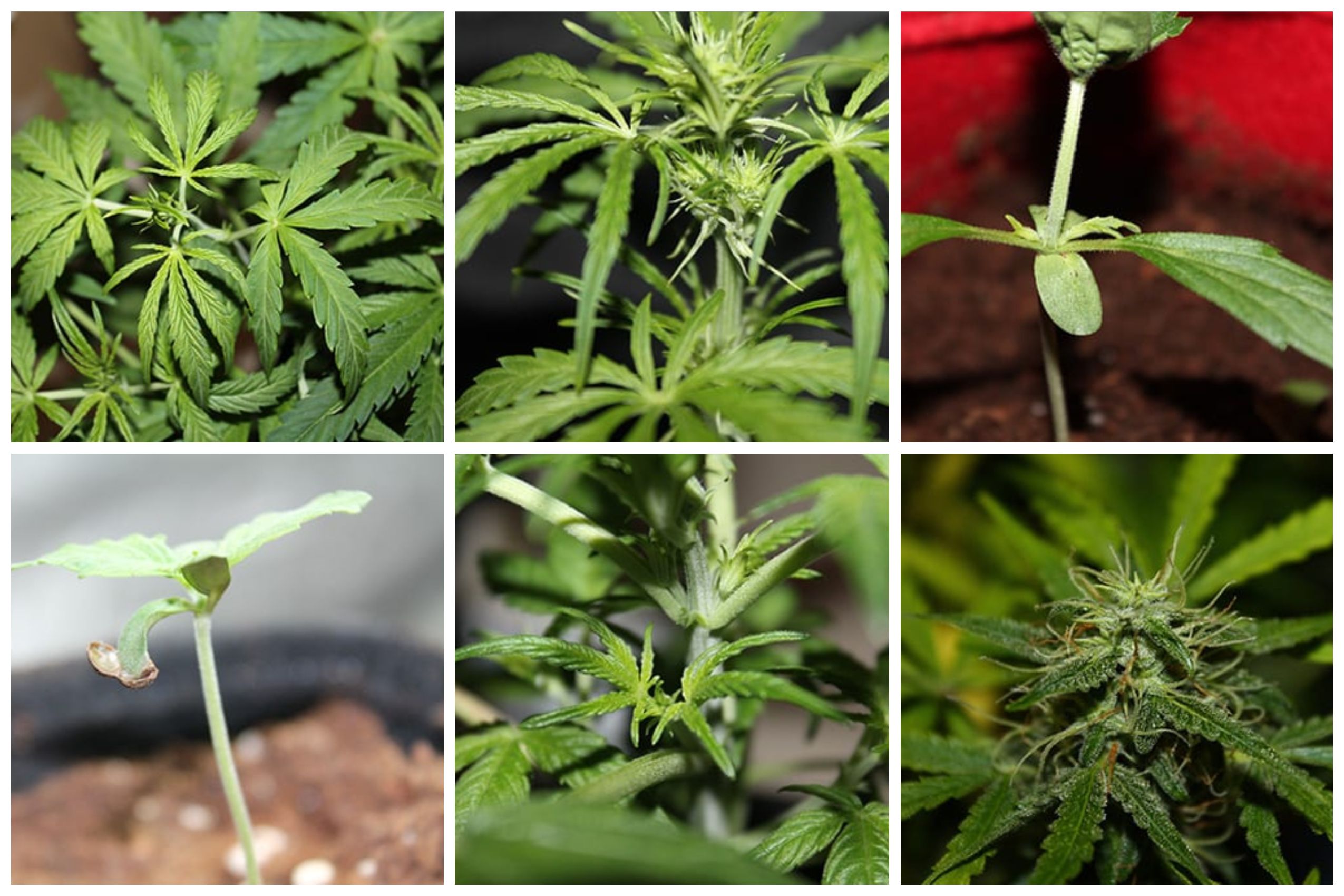As cannabis prohibition is being repealed across the world, many people are considering whether or not to cultivate their own plants at home. It’s critical to have the room, the correct climate, and adequate understanding of cultivation before attempting home growing. We’ll walk you through the fundamentals of indoor marijuana cultivation in this article.
Benefits to Growing Weed Indoors
In addition to the numerous advantages that come with growing cannabis in general, there are several more reasons why patients and consumers choose to cultivate their own cannabis rather than relying on dispensaries.
Quality Control
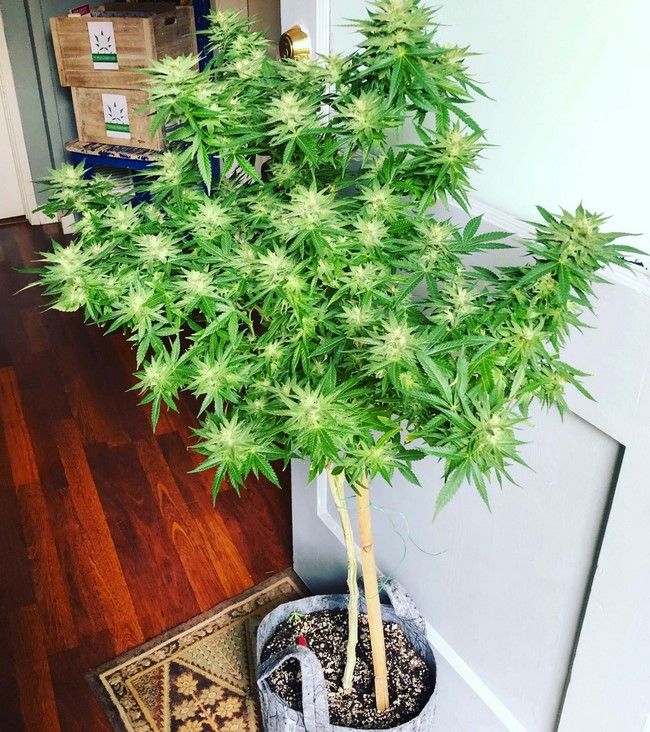 One of the primary reasons that many personal growers like farming cannabis at home is because they have knowledge on what their medicine has been exposed to. Unfortunately, many commercial farms use pesticides, herbicides, and other chemicals. You get to decide how to combat pests and what type of nutrients you give your plants when you produce your own marijuana. This may provide security for many individuals since they are certain that what they ingest is safe and of the greatest quality.
One of the primary reasons that many personal growers like farming cannabis at home is because they have knowledge on what their medicine has been exposed to. Unfortunately, many commercial farms use pesticides, herbicides, and other chemicals. You get to decide how to combat pests and what type of nutrients you give your plants when you produce your own marijuana. This may provide security for many individuals since they are certain that what they ingest is safe and of the greatest quality.
Growing Your Own Lets You Save
Aside from the initial set-up cost to produce cannabis at home, in the long run it will most likely save you a lot of money. If you don’t consume often, growing weed at home isn’t necessarily the most cost-effective option. However, if you are a medical marijuana patient or a recreational user who uses a lot of cannabis on a regular basis, producing your own medicine may save you hundreds of dollars each year.
You’ll Have More Choices
For many people and patients, there are specific types of Indica or Sativa that we enjoy frequently or that seem to provide comfort at any time. Unfortunately, finding that particular variety often is not as simple as it may sound. Growing your own marijuana at home can help you explore new varieties, and seed banks and dispensaries all around the country supply strains to home growers.
Growing Is Therapeutic
Another reason why many individuals like growing weed at home is because of the love and care that plants require. It can be therapeutic to nurture a plant from beginning to end. Growing is also an excellent method to connect with nature, and after all, it’s always nice to get your hands dirty!
Indoors Cultivation Offers Minimal Risks
In comparison to outdoor cultivation, there are certain benefits to indoor plant growing. It is a lot easier to maintain light and moisture in an outdoor setting because most of it is handled by nature. However, plants outside are vulnerable to a variety of pests and external hazards, such as spiders, aphids, and other crawly creatures. Deer and rabbits are examples of animals that consume cannabis leaves. These threats may be reduced to a great extent in an indoor setting.
Common Growing Mistakes to Avoid
Before you begin your first grow, let’s go over some of the most prevalent growing blunders to avoid.
Giving Your Growing Plants Too Much or Not Enough Nutrients
It’s a simple error to make, especially if you don’t know what you’re doing. It’s been discovered that the majority of nutrient manufacturers recommend feeding schedules that are too high. Overfeeding your plant by following the feeding instructions can be more harmful than helpful. More food does not imply greater value.
Overwatering or Underwatering Your Plants
Overfertilizing and underwatering are two common blunders, although overwatering the plant is more prevalent. Both can harm your plant, but both are easy to repair. An overwatered cannabis plant will have drooping but firm leaves, whereas an underwatered cannabis plant will have limpid and brittle leaves.
Incorrect Climate Conditions
High-quality cannabis requires optimal conditions for growth and development. The most common blunder is to be unaware of the range of temperatures in which the plants are growing. Temperatures that are too cold can stunt plant development and, in extreme circumstances, kill it. If the temperature is too high, it will stress the plant, causing curling leaves, poor buds, and death in some circumstances.
The Wrong Lighting
When growing indoors, inadequate lighting is a typical difficulty. When cultivating outdoors, the following are regular blunders: placing the plant in insufficient sunlight, placing the plants too close to light sources, or exposing them to direct sunshine for lengthy periods of time.
Harvesting Your Grow at the Wrong Time
In terms of harvesting, the most frequent blunders are doing it too early or too late. This might minimize the plant’s therapeutic and recreational efficacy by causing cannabinoid effects to be reduced. To avoid losing potency as well as severe instances like decay, harvesting must be done at the proper moment.
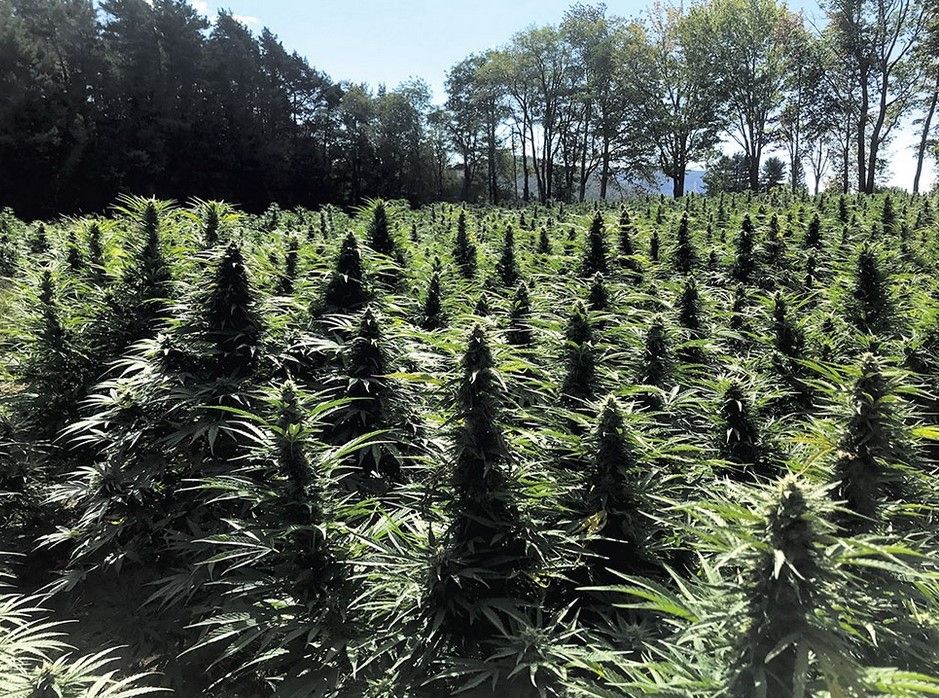
Basic Supplies Needed to Set Up a Grow Operation
Lights, grow containers, seeds or clones, a thermometer, a CO2 monitor, humidity monitors, timers, nutrients, and most of all perseverance are all required to start a home garden operation.
- Lights: When it comes to selecting the ideal lights for growing weed indoors, everything is determined by your specific setup. LED grow lights are popular among most home growers since they provide all of the required light spectrum while using less power than other options. Other lighting choices include as follows: HPS (high-pressure sodium), HID (high-intensity discharge), and so on.
- Grow Containers: Grow containers are required for cannabis cultivation at home since they will contain your grow medium and the plant throughout its development phases. Fabric, as well as cement/stone, is among the many types of grow containers available. Plastic, on the other hand, is by far the most common type of grow container. On average, plastic and fabric pots are used. Both
- Seeds or Clones: To begin, cannabis seeds or clones are required. Home growers in many jurisdictions where cannabis has been legalized may select from a variety of seed and clone varieties at their local dispensaries or grow supply stores.
- Thermometers and Other Monitors: You must constantly be on the lookout for any changes in your grow area’s temperature or humidity. Furthermore, maintaining a proper CO2 concentration with a balanced pH level is critical. Humidity, CO2, and pH monitors are also required to keep an eye on your plants’ surroundings. You may either use a humidifier or a dehumidifier.
- Scissors: Scissors are required for harvesting and trimming developed marijuana plants. When defoliating (leaf removal), scissors are also useful during the growth process.
- Timers: Timers, or lights with timers, are required because you, as the cultivator, must replicate the light cycle that your plants experience. This implies that your lights should turn off and on at specific intervals throughout the day in order for them to function correctly. Having a timer makes it simple to automate this so you don’t have to do it manually each day.
- Nutrients: It is critical to give your plants with the nutrients they require to thrive when cultivating indoors. Nutrient solutions may also play a role in the taste, effects, and yield of your cannabis crop.
- Microscope: A microscope can be quite useful for a variety of reasons, including detecting microscopic pests and determining whether your trichomes are in the correct phase for harvesting your plants.
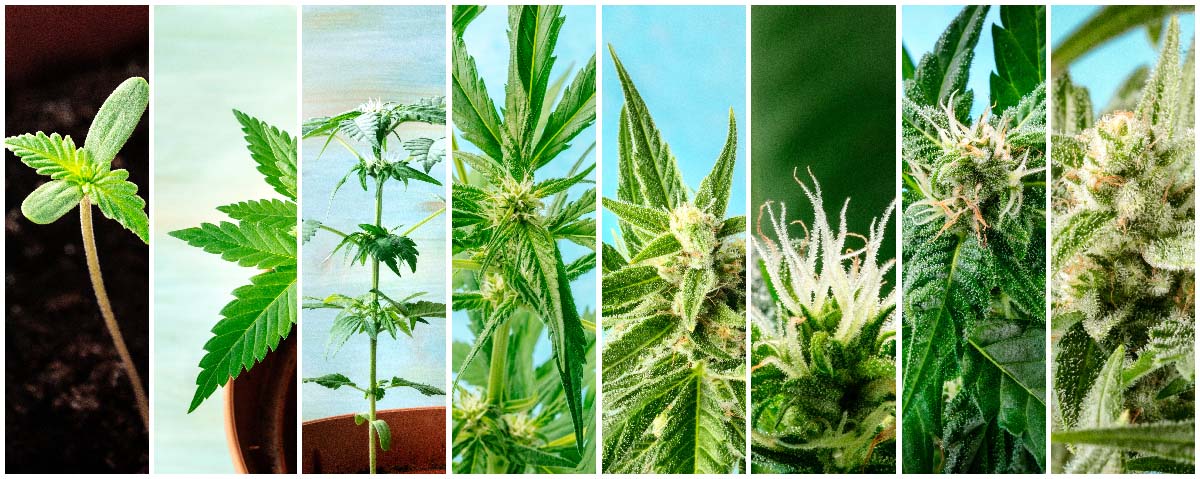
Best Place to Grow Cannabis at Home
A closet, spare room, bathroom, grow boxes, or tents are some of the most popular places where people cultivate cannabis at home. Let’s take a look at the benefits and drawbacks of each grow area to see if there’s a better solution.
Closet
Closets, on the other hand, are advantageous; nevertheless, they aren’t always the ideal grow chamber. It’s tough to look after your plants in such a tiny place with only one entrance. Heat accumulation, humidity concerns, and light difficulties are also problems due to several ventilation issues. If closet growing is your only choice, go for it. However, if you must grow in a closet
An Extra Room
Creating a grow room in an unused space in your house may be a fantastic option, but it might also have drawbacks. Controlling elements such as your lighting, humidity, temperatures, and fresh air intake when growing inside a big region may be difficult.
Bathroom
Bathrooms are not ideal grow locations. Because of the amount of moisture in a bathroom, mold and mildew problems are almost certain to occur. Not to mention that with so much dampness, controlling humidity will be a never-ending struggle for you. It is highly recommended against growing in a bathroom unless it is the only location you have.
Grow Box
In recent years, grow tents have become one of the most popular growing places for at-home growers. In comparison to cultivating cannabis in a closet, an additional bedroom, or even a bathroom, grow boxes are an incomparable option for ensuring the highest possible standards. Grow boxes completely enclose the growth environment, allowing cultivators to better maintain ideal conditions. They may be rather costly and difficult to move about, though.
Grow Tent
Grow tents are self-contained cannabis cultivation shelters. They are frequently prefabricated with areas for hanging lighting, providing ventilation, and storing monitors and other equipment. Due to their simplicity of use, efficiency, and abundance, grow tents have become the preferred option. While they are somewhat expensive, they are one of the finest alternatives available to many patients and customers.

Which Method to Choose: Soil Growing vs. Hydroponics
Let’s look at the advantages of two different growth techniques: soil growing and hydroponics.
Soil
Soil is a popular substrate for first-time growers since it is inexpensive, simple to use, and forgiving. You may even acquire pre-fertilized soil (our advice) so you won’t have to worry about adding any nutrients to your soil. If you’re up for a challenge, try growing with non-potting mix soil and fertilize as you go.
Hydroponics
Hydroponics are attractive because they don’t require soil. In that light, it is cleaner, and it can produce larger crops if done correctly. Furthermore, hydroponically grown plants develop at a faster rate.
When it comes to hydroponics, there are several different types of grow media to consider:
- Clay pebbles
- Coco coir
- Vermiculite
- Rockwool
There are a variety of materials with which you may grow, and all of them can be found for a reasonable price. There are frequently combinations of two or more of these materials that may be purchased as soilless mixes to make getting started with hydroponic farming that much easier.
Growing Variables to Consider
Let’s look at some of the most important variables to consider while cultivating cannabis at home, as well as why controlling these factors is so crucial to your plant’s success.
Lighting
Your plants will require light during the vegetative growth stage, and they should be exposed to light for a minimum of 16 hours each day, followed by 8 hours of darkness. When your plants are prepared to begin producing buds, you must simulate nature’s seasons and reduce the light cycle to 12 hours of light and 12 hours of darkness. Not controlling your lighting can have damaging consequences for your plants, including stunted development, hermaphrodites, mold, and powdery mildew.
Smell
For many years, attempting to reduce cannabis odor was one of the most difficult things farmers had to do. Many people now reside where they are permitted to cultivate cannabis lawfully, and the issue of smell isn’t nearly as significant. If you live in an apartment, keeping the scent of your garden under control is probably a priority for you. Installing a carbon filter in your growth tent’s ventilation or exhaust system is the most highly recommended technique for permanently removing all odors.
Ventilation
Proper ventilation and air circulation in the grow area help to strengthen your plants’ stems, resulting in stronger, healthier plants. Having a combination of the right exhaust system and circulation will also assist with regulating temperature and humidity within your grow room. Ventilation and circulation are also important elements for reducing mold and insect infestation.
The ideal temperature for your marijuana plants is between 65°F and 70°F. The optimum humidity for cannabis growth is between 30% and 60%. The cooler the air, the better. When proper circulation of air across your cannabis plants reduces moisture generated naturally by the transpiration (water evaporation) process, it helps to prevent powdery mildew, mold, and bud rot (a kind of mold infection). Some growers utilize exhaust fans.
Humidity
The wrong humidity levels in your growing environment can have a detrimental influence on the quality and yield of what you grow. Humidity levels can lead to a variety of problems if they aren’t kept in check, including bud rot, mold, mildew, and more. You may help to alleviate humidity-related concerns by ensuring that you have adequate ventilation and air circulation as well as humidity controls in place.
Cannabis plants require various levels of humidity at different stages of their development. Humidity can be more significant (between 65 and 80 percent) as a seedling or clone. As seedlings or clones progress into the vegetative stage, humidity requirements decrease, and growers aim for 55 to 70% relative humidity. When your lovely ladies begin producing buds and enter the flowering stage, however, that humidity level should be maintained between 40 and 50%.
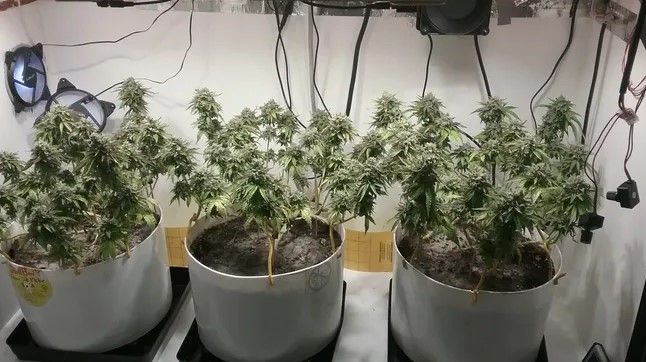
Phases of Growing Cannabis
Let’s look at each of the phases in greater depth. We’ll take a high-level approach to these discussions, assuming you’re growing weed seeds rather than clones. If you’re using clones, the germination and seedling phases will not apply.
Phase 1: Germination
Between the ages of three and five days, cannabis seeds are moistened and begin to develop. It takes around 7 to 14 days for seeds to germinate.
Phase 2: Seedling
Your plants have entered the seedling stage once they’ve expanded and been transplanted into their growth medium. The seedling phase lasts at least 2 weeks, after which you must determine whether plants are males or females, as well as remove male specimens from the crop and cultivation area. Feminized seeds will create female plants if started with them.
Phase 3: Vegetative
The vegetative stage is the period during which your plants grow. On average, most cannabis cultivators keep their plants in this phase for at least a month. When purchasing cloned plants, you may expect a shorter duration of this phase. Your marijuana should be exposed to light for at least 16 hours each day throughout this phase of development.
Phase 4: Flowering
It’s time to alter your flowering plant’s light cycles when they’re ready to develop buds. After that, adjust their light cycles so that they get 12 hours of direct sunlight followed by 12 hours of complete darkness. During this time, plants will mature into full-grown individuals. The growth process generally lasts between one and three months.
Phase 5: Harvesting
It’s time to harvest when your plants have fully grown and their trichomes are visible under a microscope, indicating they’re at the proper development stage. The various phases of trichome genesis can be found here. This is the final step in the process of growing your marijuana plants; you must now say goodbye to them and chop them down. Plants are chopped down, dried, trimmed, and cured at this point.
Harvest time necessitates the most patience when it comes to curing properly. It’s easy to tell if you’ve achieved the proper cure by attempting to smoke some of the flower in a pipe or joint. It has not reached its peak if it will not light or stay lit and still has a plant-like flavor (think vine ripe tomatoes). Other than testing, rely on your sense of smell and feeling to determine if the flower has cured fully beyond doubt.
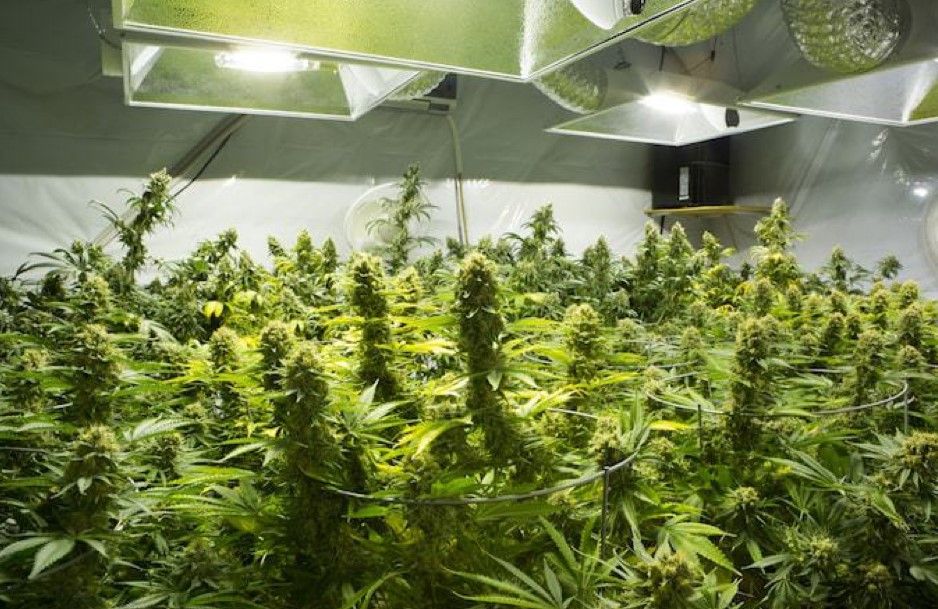
Final Takeaway
As you can see, there’s a lot to consider when it comes to growing weed at home. The good news is that, as long as you have the perseverance to try, there is a technique to grow healthy plants at home no matter what space you have, how much expertise you have, or how little money you wish to invest.
Today, there are hundreds of books that may help you with every aspect of cannabis cultivation, as well as many organizations and communities on social media dedicated to assisting at-home growers in producing the greatest cannabis possible!
So what are you waiting for? Get out there and start developing right now, and let us know if you have any more questions about growing cannabis at home in the comments below!

